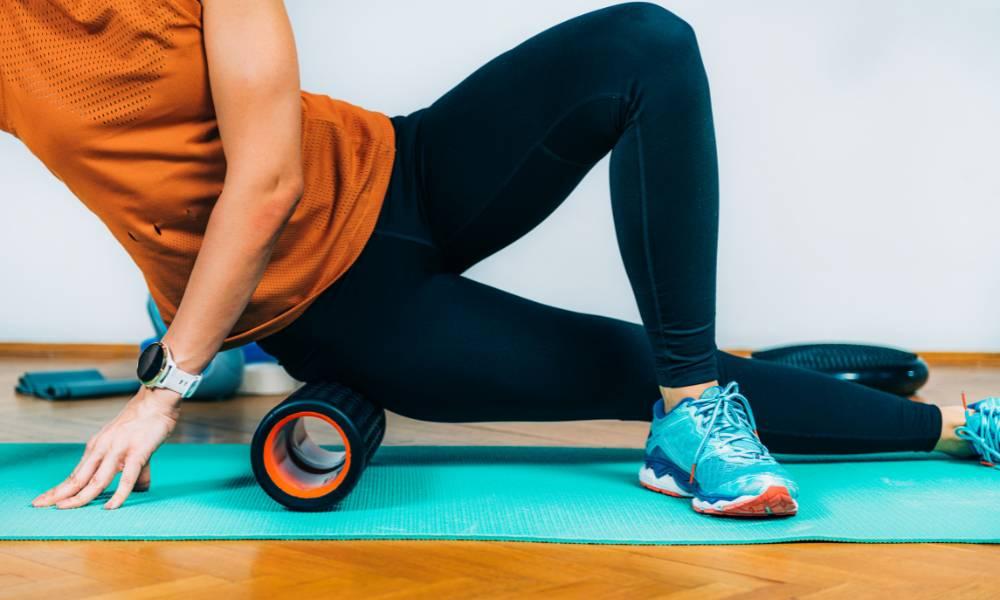Hello, Run Republic Runners!
It's Elise Fleming here again in the Physio Corner, and today we're diving into the world of recovery. As runners, we often focus on the miles we clock, but what about the time spent off our feet? Recovery is just as crucial as the training itself, and today, I'm sharing some top techniques to help your body recharge and repair.
1. Foam Rolling: Your DIY Massage
Foam rolling, also known as self-myofascial release, is a fantastic way to release muscle tightness and improve flexibility. It's like giving yourself a deep tissue massage, targeting areas prone to tightness like calves, quads, and IT bands. Foam rolling can help reduce muscle soreness and prevent injury.
2. Stretching: The Classic Recovery Tool
Don't underestimate the power of good old-fashioned stretching. Stretching can help maintain flexibility, reduce muscle tension, and promote circulation, aiding in recovery and reducing the risk of injury.
3. Massage Therapy: More Than Just Relaxation
Investing in professional massage therapy can do wonders. A skilled massage therapist can target specific areas, helping to break down knots, improve blood flow, and speed up the recovery process. It's not just a treat; it's a tool for maintaining a healthy, injury-free body.
4. Compression Gear: Squeeze for Recovery
Compression garments like socks or leggings can be worn during or after runs. They help by improving circulation, reducing muscle fatigue, and speeding up the recovery of sore muscles. Plus, they feel great when you're lounging post-run!
5. Hot and Cold Therapies: The Temperature Tactic
Hot and cold therapies are a dynamic duo in the world of recovery. Cold therapy, including ice baths, cryotherapy sessions, or even a brisk dip in the sea, helps reduce inflammation and muscle soreness. Heat therapy, like sauna sessions or hot baths, promotes blood flow and soothes stiff muscles. Alternating between hot and cold (contrast therapy) can also be effective, helping to flush out toxins, stimulate blood flow, and accelerate recovery.
6. Active Recovery: Keep Moving
Active recovery involves doing low-intensity exercise after a strenuous workout. Think walking, gentle cycling, or swimming. This type of movement enhances circulation, helping to flush out lactic acid and reduce muscle stiffness.
7. Nutrition and Hydration: Fuel Your Recovery
Proper nutrition and hydration play a key role in recovery. Refuelling with a mix of protein and carbs after a run helps repair muscles, while staying hydrated helps everything in your body function optimally.
8. Sleep: The Underrated Champion
Never underestimate the power of a good night's sleep. Quality sleep is when the magic of muscle repair and recovery happens. Prioritising sleep is crucial for any runner looking to perform their best.
Remember, runners: recovery is not laziness. It's an integral part of your training. By giving your body the time and care it needs to recover, you're setting yourself up for stronger, happier, and healthier runs!
